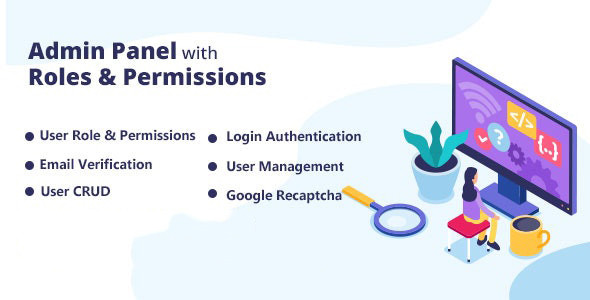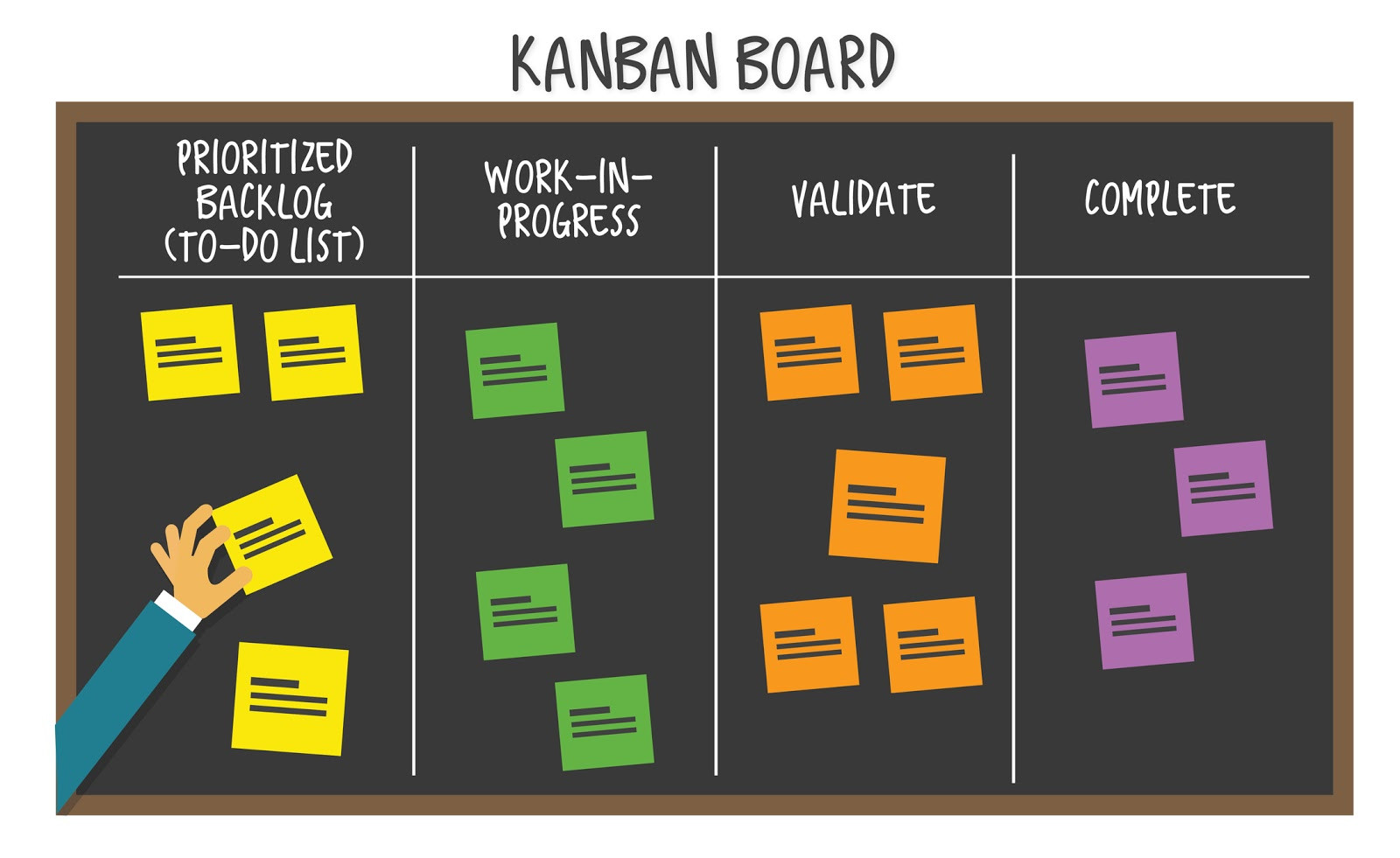There’s a reason that Google changed their search algorithm to make mobile compatibility a priority: in 2014, Nielsen published survey findings that show how powerfully mobility is driving media consumption. The average person has four different digital devices on which they spend about 60 hours each week. Consider these statistics about American smartphone usage over a period of one year:
- downloading mobile apps increased from 22% to 32%
- browsing the web increased from 33% to 42%
- checking email increased from 33% to 43%
- logging onto social networks increased from 22% to 30%
And smartphone usage is not limited just to bored teenagers. Here’s how income influences those numbers:
- 63% of those smartphone users earn up to $100,000
- 27% of those smartphone users earn less than $25,000
Building a website, especially one optimized for mobile viewing, is a good start. But if you’re making avoidable user experience (UX) mistakes, like slow page load times and stale content, it’s almost worse for your business than not building a website at all. More than ever, creating a mobile-friendly site is critical to building online relationships with consumers and followers.
Here are five common mistakes that you can improve now to avoid driving visitors away from your website or online store:
1. Reconsider “Registration Required”
While many businesses rely on registration as part of a larger lead generation scheme, hiding your content behind a registration wall discourages some users. Forrester researchers found that 11% of shoppers admitted to having abandoned a shopping cart because they didn’t want to register or the process was too complicated. If eleven percent doesn’t sound like much, consider it this way: for a business who does $200 million in online sales, eleven percent translates into an additional $22 million that they’re missing out on. Even more shocking is the fact that almost 90% of consumers report entering false information or leaving blanks on the form, which skews data parsing results.
Improvement: If you want to require registration, just consider the user’s experience and make the process as quick and simple as possible. Opt for no passwords to create, less fields to fill out, or registration via social authentication (where a user signs in with their Facebook or Twitter account). In this case, less is more.
2. Rethink Structure and Organization
Easy navigation shapes the user experience. As Justin Misfud of Smashing Magazine reminds us, it’s not a good thing if users need an animated instruction manual to access information on your site. Remember, the whole point of a business’ website is to allow visitors to accomplish their goal—find information, make a purchase, contact you. So if your organization’s name and purpose is unclear, your products or services are hard to find, and your menus force people to go around in endless circles looking for the information that you promised them in the search page meta description, you’re just asking for abandonment.
Improvement: Make sure that all page titles are relevant and all links are working. Position utility navigation in the upper left portion of your page, make sure font colors and sizes don’t clash with the background elements, and don’t forget to include social media share features for easy word-of-mouth advertising. If you’re unsure whether your site’s UX is easy and intuitive, get someone who’s never seen it before to try it out.
3. Give Users the Option to Opt In
Too many pop ups or other ads on your web pages are distracting and frustrating, and savvy users don’t have the time or energy to continually click on ads to close them. If your advertising consumes more page space than your content, there’s definitely a user experience problem. On the other hand, research shows that you can increase conversion rates by more than 1,375% by using opt-in pop ups. What’s a business to do?
Improvement: Rather than shouting “BUY NOW, BUY NOW!” at site users, consider one or more types of opt-in pop-up ads that you feel work best for your particular site. Here are your choices, from most to least effective:
- Exit pop ups appear once the visitor’s cursor makes a move to leave the page.
- Reader’s choice pop ups appear as a result of a yes/no question in which the visitor answers “yes.”
- Page-view pop ups appear after the user visits a certain number of pages on your site.
- Scrolling pop ups appear once the visitor scrolls to a predetermined point on the page.
- Time-triggered pop ups appear after a preset number of seconds.
- Entrance pop ups appear when the visitor first enters your site.
4. Speed Up Page Load Times
If your website takes as long as four seconds to load, you can expect up to 25% of users to abandon it and 79% of these users won’t return to your site. On top of that, 44% of these unhappy potential customers will share their poor experience with friends. This is a great example of how important user experience is to your bottom line—it’s not simply about good-looking design; it’s about acquiring and retaining customers. Plus, Google penalizes websites that don’t load quickly. That’s how important the user experience is.
Improvement: If you’re unsure about your website’s performance, you can run a free page speed test with a number of simple tools, like Web Page Test or Google Page Speed Insights. These sites not only analyze the loading time of your pages, but also give you specific suggestions for improving them.
5. Keep Content Fresh
Your content should entertain, inform or inspire your readers. Posting once a year or updating your catalog whenever you remember just won’t cut it. To ensure pleasant user experience and give your website visitors something of value, you’ll need a good balance between promotional and informational content—and it all needs to be top-notch quality.
Improvement: Since poor content can quickly turn a user’s experience sour, get into the habit of posting to your blog regularly, and if you don’t have excellent writing skills, hire a professional writer. Check out our previous post 20 Tips For Producing Better Content for inspiration. If you don’t have anything new to add every day, or even every week, don’t be afraid to link to other high-quality blogs or related news sites that resonate with your target audience.
Conclusion
Your website can be your best asset or worst enemy in the ongoing effort to attract new customers and keep your current customers happy. And starting with a reputable web host is the first step; at Bluehost we offer optimized hosting which ensures that your WordPress website is secure, easy to use, and extremely fast.
Creating a seamless, effortless, attractive user experience is one way to make sure that you capture your visitors’ interest the moment they enter your site. You may not be able to please everyone who drops by to see what you have to offer, but correcting avoidable errors is the best way to ensure that you don’t drive traffic away—right into the arms of your competitors.
Reference: https://www.bluehost.com/blog/account-tips/5-common-website-mistakes-that-you-can-improve-now-6230/?utm_source=facebook&utm_medium=socpostsboost&utm_campaign=





Be the first one to write a response :(
{{ reply.member.name }} - {{ reply.created_at_human_readable }}